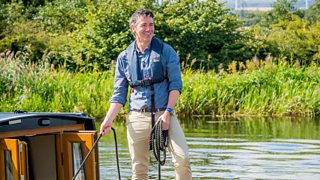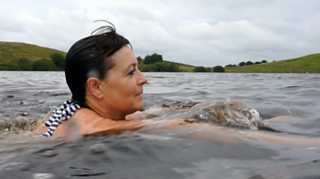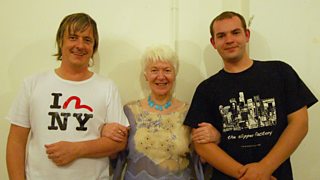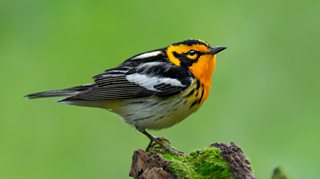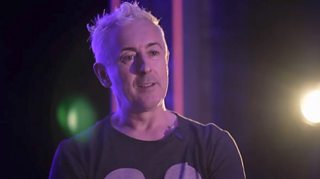These astounding puffin pictures are telling scientists something very important about the effect of climate change
22 September 2017
A puffin photograph is great addition to any wildlife photographer’s portfolio.
The temperature of the sea is rising and the sand eels that the puffins feed on don’t like the warmer sea temperatures. The puffins are finding it harder and harder to find them.Richard Humpage
But the right shot also has a scientific value.
Throughout the summer of 2017, members of the public have been sending the RSPB thousands of photographs of puffins feeding in locations from as far south as the Channel Islands to Unst in the north of the Shetland Isles.
They show that diets vary significantly across the UK.
A lack of food means that puffin numbers have dropped to around 50-60% of what they were 25 years ago.
Richard Humpage of the RSPB told Landward that this was due to climate change.
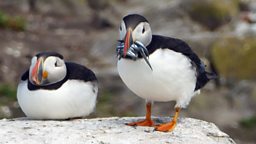
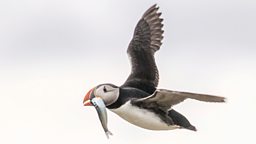
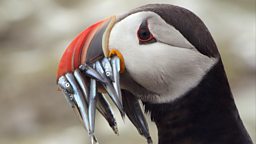
More about Project Puffin
-
![]()
Landward
Dougie and Nick Nairn begin a narrowboat trip along the Union Canal, while Euan McIlwraith grabs a camera and goes in search of our most loved seabird, the puffin. Arlene Stuart meets the woman battling to preserve rare breed pigs, and new presenter Anne Lundon asks if the North Coast 500 is a victim of its own success.
Latest features from BBC Scotland
-
![]()
'Wild swimming helps me process the grief of losing my son'
The benefits of cold water therapy.
-
![]()
Winter adventures are appealing, but an expert advises caution
Trips in winter require particular knowledge and skills.
-
![]()
The rescuers: Why volunteers risk their lives in mountain emergencies
Landward meets members of the Cairngorm Mountain Rescue Team.
-
![]()
‘Look for the light’ – practical tips to help you through another winter with SAD
Useful advice and tips to combat low moods at this time of year.
-
![]()
How you could be a binge drinker without even knowing
Binge drinking is classed as fewer units than many people may realise.
-
![]()
How chocolate biscuits and drama classes helped one man leave prison behind
The healing power of creativity.
-
![]()
'When people believe in you, it’s life-changing'
Author Graeme Armstrong revisits the man who helped turn his life around.
-
![]()
The 'breath-taking' display of US birds swept on to British soil
Recent storms have brought rare birds to our shores.
-
![]()
Six things we learned about Alan Cumming on Take the Floor (Spoiler: includes accordions)
The actor spoke to Take the Floor's Gary Innes.
-
![]()
How street gangs trap young men in a dangerous cycle of violence
The almost inescapable pull of life in a gang.
-
![]()
Why stylist Gok Wan believes there's no such thing as bad fashion
The fashion expert says we should stop following rules and do what feels right.
-
![]()
Is sending a CV still the right way to apply for a job?
They've been central to job applications for years, but are they worth it?
